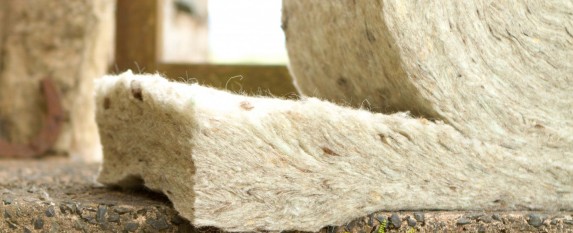How Natural Insulation benefits the Environment
Posted by Celtic Sustainables on 9th Oct 2018
Homeowners today are regularly told to enhance their homes using common insulating materials. However, these materials can work against us and our homes despite the benefits they offer in certain situations. Aside from the health risks related to these products, they also pose all sorts of issues especially where older buildings are concerned.
Houses built earlier than 1919 were more often than not constructed with solid walls. Unlike modern cavity walls, these old structures need to breathe to control the amount of moisture and the temperature in the home. Using a non-breathable insulation either on the interior or exterior surface of the wall, or even in the inside of the wall itself, will prevent the wall from breathing and therefore cause it to hold moisture instead of letting it evaporate. Natural insulation, on the other hand, allows moisture to leave the walls. These insulating materials keep the walls and the home warm in the winter and cool in the summer, and stop the walls from degrading with time.
In the loft, good ventilation and a low temperature help to preserve the old timbers which support the roof. Coolness deters warmth-loving insects from living in and eating the timber. Using natural insulation in the ceiling between the house and the loft, we are able to keep warmth in the living space from leaking through to the cooler space above.
The half-a-million solid walled houses in Wales alone need careful looking after if they are to exist for centuries to come, and by saving these old houses we avoid having to create extra housing at the expense of the environment. Natural insulation is the perfect solution to keeping an old house warm, providing the benefits of cosiness and proper performance. We can also add to these the health advantages of products like Thermafleece sheep wool, which unlike other products can be handled with bare hands and fitted without worrying about what we could inhale.



